New 2014 Yamaha FZ-09, YZ450F & YZ250F - Motorcycle.com
Discuss at Yamaha FZ-09 Forum
On display at Intermot last October was a prototype 3-cylinder Yamaha engine. Today, a mere eight months later, we’re revealing the 2014 Yamaha FZ-09 – an $8000 naked sporty bike with impressive specs and an alluring price. Also new from Yamaha is the 2014 YZ450F and YZ250F.
Joining the ranks of other Triple manufacturers, namely Triumph and MV Agusta, the FZ-09 looks to trump its competition by virtue of more displacement and a lower MSRP.
| How the FZ-09 Stacks Up | ||
| Displacement | MSRP | |
| Yamaha FZ-09 | 847cc | $7990 |
| Triumph Street Triple | 675cc | $9399 |
| MV Agusta Brutale 800 | 798cc | $13,998 |
Yamaha refers to its new engine as a “crossplane crankshaft,” but in fact all three-cylinder motorcycle engines use the same 120-degree crankshaft spacings – the same as its British and Italian counterparts. Yamaha is borrowing the terminology from its R1 superbike – with a unique inline-Four crossplane crankshaft engine design – to imply that the new Triple delivers the same brand of linear torque output. Yamaha is claiming 65 ft-lb of torque, four more than its outgoing FZ8. And, like all Triples, Yamaha’s utilizes a balance shaft to offset the resulting vibration inherent in this design.
Unique to the new Yamaha Triple is the use of different-length intake funnels (122.8mm, 102.8mm, 82.8mm) that Yamaha says improves throttle response as well as low- and mid-range engine power. Crossover tubes between 1 & 2 and 2 & 3 header pipes also broaden its torque curve. A large exhaust collector under the engine enables a nicely stubby canister outlet. Yamaha reps claim the FZ-09 emits a pleasing sound when both inhaling and exhaling.
The frame and swingarm are aluminum and boast a newfound narrowness by virtue of the swingarm being mounted outboard of its lower frame rails. New 10-spoke cast aluminum wheels are 0.85 pounds lighter than the FZ8’s wheels, while the distance between contact patches is 56.7 inches (0.8 inch less than the FZ8’s wheelbase).
The new FZ also features a more relaxed rider triangle compared to the FZ8’s by way of handlebars that are 53mm taller and 40mm further back. Footpegs an inch (26mm) lower supply added legroom. The inverted fork and non-linkage rear shock are adjustable for preload and rebound damping. Fuel capacity of 3.7 gallons is on the small side.
We’re chomping at the bit to take this new Triple for a spin, which should happen in about 90 days. We’re assuming this to be the first of more models from Yamaha utilizing the three-cylinder design.
Having previously produced three-cylinder models in the late ’70s in the form of the XS750 and XS850, this isn’t Yamaha’s first foray into the world of Triples. But, if successful this time around, how long until Honda, et. al. bring their own versions of the easy-to-package and relatively cheap-to-build Triples to market? Like the former under-seat exhaust trend, will Triples be the new Black?
Naked sporty bikes from Japan have consistently sold poorly in North America, but Yamaha is taking another swipe at it with the FZ-09. The company’s internal research shows that American riders are using their motorcycles for commuting purposes to a greater extent, and a comfortable riding position is now at the top of the list of purchase reasons for a bike in this class, which bodes well for a comfortable yet sporty machine like the FZ-09.
| 2014 Yamaha FZ-09 Specs | |
| MSRP | $7990 |
| Engine Capacity | 847cc |
| Engine Type | Liquid-cooled, DOHC, 4-stroke, 12 valves |
| Bore x Stroke | 78.0 x 59.1mm |
| Compression | 11.5:1 |
| Fuel System | Fuel injection |
| Transmission | 6-speed |
| Clutch | Multiplate wet clutch |
| Final Drive | O-ring chain |
| Frame | Aluminum frame with externally mounted swingarm |
| Front Suspension | 41mm fork; adjustable preload and rebound damping, 5.4-in travel |
| Rear Suspension | Single shock; adjustable preload and rebound damping; 5.1-in travel |
| Front Brakes | Dual hydraulic disc, 298mm |
| Rear Brakes | Single hydraulic disc, 245mm |
| Front Tire | 120/70-ZR17 |
| Rear Tire | 18055-ZR17 |
| Seat Height | 32.1 in |
| Wheelbase | 56.7 in |
| Curb Weight | 414 lb |
| Fuel Capacity | 3.7 gal |
| Electronics | Ride-by-Wire, Yamaha Chip Controlled Throttle, D-Modes |
| Colors | Rapid Red, Liquid Graphite |
2014 YZ450F & YZ250F
The excitement doesn’t stop on the pavement for Yamaha in 2014, as the booming four-strokes in its YZ motocross line have undergone complete redesigns for 2014. According to Yamaha spokesmen, the YZ250F and YZ450F are so radically different than the previous models that they only contain four(!) carryover parts.
The 2014 YZ250F’s new fuel-injection system certainly also contributes to the power increase, with its massive 44mm throttle body and 12-hole injector replacing the 39mm carburetor found on the 2013 250F. Fed by a battery-less high-pressure electric pump, the system uses 3D-mapping to atomize fuel more efficiently over a wider variety of atmospheric, temperature and track conditions than a carburetor, which should improve throttle response and control compared to the 2013 model.
The YZ450F also receives its fair share of engine improvements not only to increase power and centralize mass but also to allow Yamaha to share a new aluminum bilateral beam frame design between the 250F and the 450F—the only difference being the engine mounting points for the respective engines. The most effective change with regard to the latter is that Yamaha engineers ditched the 450F’s dry sump oiling system and external tank in favor of a more compact wet sump system that allowed engineers to reduce the size of the 450’s crankcase so the big engine could be shoehorned into the compact chassis.
Performance-improving revisions to the 2014 YZ450F include a revised piston, intake and exhaust valves and ports, valve mechanism, ignition timing and fuel-injection mapping—all designed to improve combustion efficiency and make more power while the ignition and fuel mapping changes are also intended to create a smoother powerband.
Up top, the 450F’s enlarged titanium Intake valves are actuated by an intake cam with a new profile designed to enhance engine performance. The YZ450F also receives a redesigned transmission and shift mechanisms intended to provide quicker, smoother shifting under power with less effort.
While its competition has begun to push the envelope with arguably risky technology in the form of separate function (single coil spring) forks or air spring forks, the 2014 YZs feature decidedly more conventional forks. KYB’s fully adjustable inverted fork retains the Speed-Sensitive System valving system that was found on the 2013 YZ450F, but the 2014 YZ250F and YZ450F get new-spec inner and outer tubes. Out back, both new models get a new rear shock that uses a vertical reservoir instead of the horizontal unit found on the 2010-2013 YZ450F, mainly just to better negotiate the new pipe placement. Suspension travel is 12.2 inches up front and 12.4 inches out back.
Finally, if you take a good look at the fuel tank on the 2014 YZs and you might notice something missing—as in, the gas cap. That’s because both models feature an all-new layout for the seat, airbox and fuel tank. The unique two-piece seat features a removable front section under which the gas cap is accessed. The design lowers the height of the fuel tank all in the name of, you guessed it, mass centralization with the goal of better handling. Even so, it’s an unconventional look that may take some getting used to.
Perhaps the best news of all is that the YZ250F’s MSRP of $7490 is only $200 more than the 2013 model, while the 2014 YZ450F’s is unchanged at $8490. If all of this new technology pans out, either bike could prove to be an economical path toward the winner’s circle.



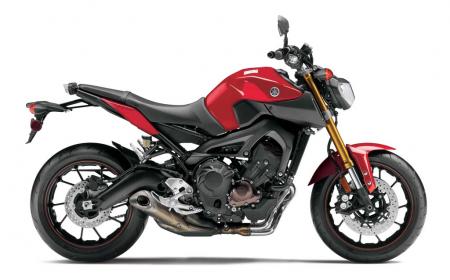












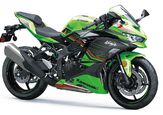
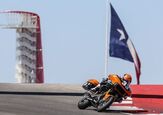





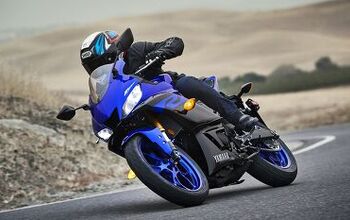
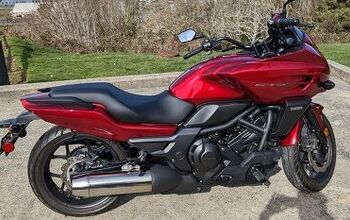
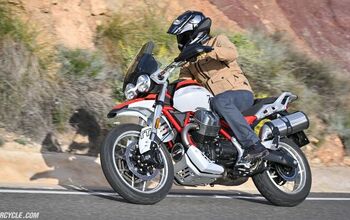
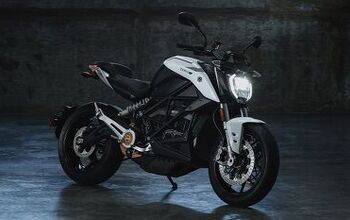
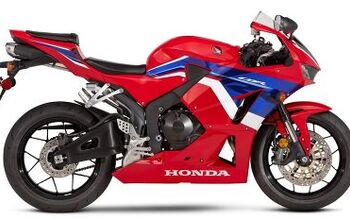
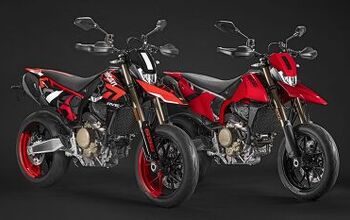
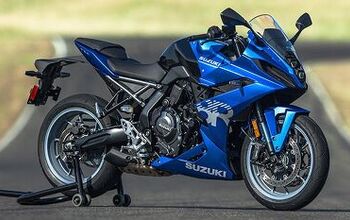
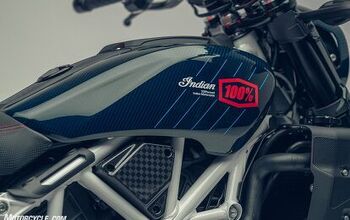

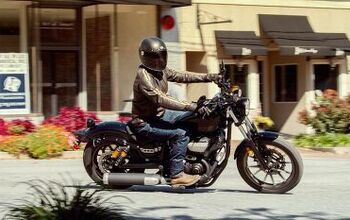

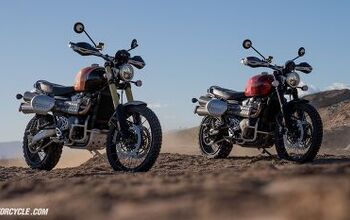
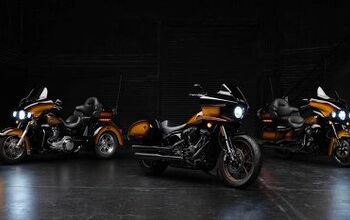
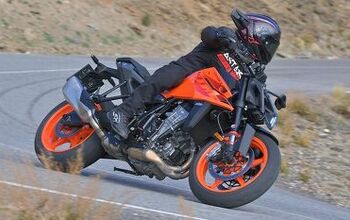
Comments
Join the conversation